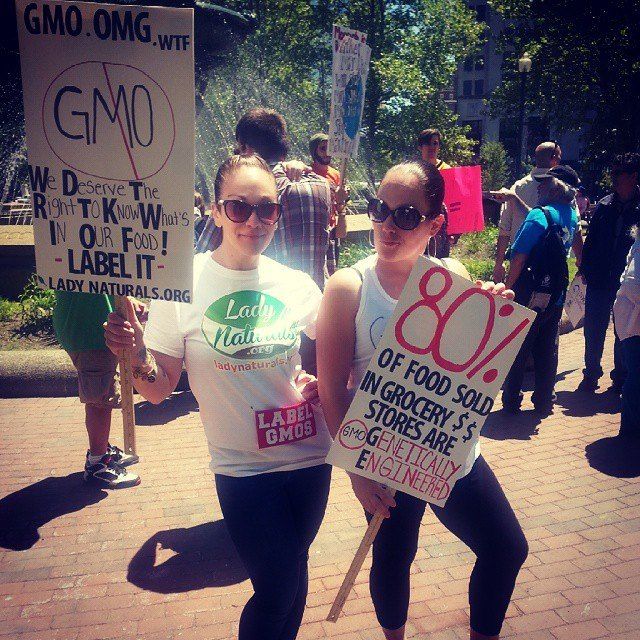SADLY ENOUGH, MOST PEOPLE ARE NOT SAVVY WHEN IT COMES TO INTERPRETING FOOD LABELS
Not everything that is marketed natural, healthy, or low fat is necessarily good for you. The information in this blog will be your guide to the basics. I’ll walk you through reading and understanding nutrition facts and help you to encode the ingredients in your food. Parents take special note, not only are you caring for your own health but you are responsible for the health of our future. Let’s not make the same mistakes we did with our next generation. Although it is never too late to regain your health it’s a lot easier t o build core principles at an earlier age that will take you through to adulthood.
LET’S START WITH HOW TO READ NUTRITION FACTS
It has several parts. Let me break them down for you. The first is serving size. This will advise you how many servings are in this package. The size of the serving influences the number of calories and the amounts of nutrients, so it is very important to know how much you will be eating. Some labels will have many servings. If the serving size of your granola for instance is 1/3 cup, which is about 30 grams, and there are 11 servings per container eating the whole bag would result in 340 grams. You would have to multiply each calorie and nutrient by 11 to achieve the amount consumed. Serving sizes are normally standardized according to metrics.
The next is calories and calories from fat. Calories measure the amount of energy you receive from a serving of food. Many people intake more calories than their bodies burn in a day. This is linked to weight gain and OBESITY. You also want to be conscious of how many of those calories come from fat. Back to the granola, total calories in one serving are 150. Calories from fat are 60. Keep in mind though if you ate the entire bag calories would total 1,650 and the calories from fat would be 660. This is why portion is key.
NOW WE GET TO THE MORE IMPORTANT STUFF
First we’ll talk about fat. There are several types of fat including saturated fat, trans fat, polyunsaturated fat, and mono saturated fat. Trans fats and saturated fats are bad for you because they raise cholesterol and increase your risk for heart disease. Mono and poly fats however are good for you. They lower cholesterol and reduce your risk of heart disease. Your best bet is to eliminate or decrease these bad fats, as no amount of trans fat is good for you. Trans fat is created when a normal fat molecule has been deformed in a process called hydrogenation. This makes the molecules very unstable but the food is less likely to spoil. This is great for food manufacturers but not so great for you. Bad fat foods include high fat cuts of meat, whole-fat milk products, fried foods, and packaged snacks. You should opt for foods high in omega 3 fatty acids such as fish, walnuts, avocados, and flaxseed oil.
The next is Nutrients. Nutrients are the necessary components of food required for survival and growth. The body breaks down nutrients and uses them for energy. Essential fatty acids, essential AMINO ACIDS, vitamins, and some dietary minerals are prime examples. An inadequate amount of nutrients in the body causes your organs not to operate properly. Samples of nutrients in food may include but are not limited to Vitamins, Calcium, Iron, and Dietary fiber.
Most Nutrition fact labels will include footnotes such a percent of daily value. These are the percentage of nutrients you are receiving from this food based on recommended daily amounts. This will tell you the amount of nutrients you are consuming based on what your body requires in a day. This is just a guide and is not specific to weight, height, age, or metabolic rate. If you really want to keep track of what you are eating I suggest DOWNLOADING an easy to use application. A popular one called my fitness pal is also available on the web.
Now that you’ve learned the basics we can build upon this information. My next blog will teach you about all the hidden ingredients lurking in your food that cause you to remain unhealthy, unhappy, and overweight. These are the dirty little secrets the food industry is keeping from you and the FDA is allowing this to happen. The act of being a conscious consumer means that you must be aware of what you are buying and putting into your body. As a conscious consumer I advise you to do the research yourself, you’ll be surprised to see what you uncover.
*All content displayed on this site is not intended to diagnose or treat any disease, or as a substitute for medical advice. Please consult with your advising physician before starting any treatment for a medical condition. Please take extra caution if you are pregnant, nursing, have a medical condition or are taking any medication. Stay Sprouted shall not be held liable or responsible for any misunderstanding or misuse of the information contained on this site or for any loss, damage, or injury caused or alleged to be caused directly or indirectly by any treatment, action, or application of any food or food source discussed in this site. The statements on this site have not been evaluated by the Food and Drug administration and readers are encouraged to do their own research and make all health decisions consciously.
*In order to support the stay sprouted blog so that we are able to continue providing you with the best information in regards to health and wellness we may receive monetary compensation for links to products. These are products that were tried and tested personally and are believed by us to provide you with the necessary tools to live a long healthy life.
Stay Sprouted & Grounded




